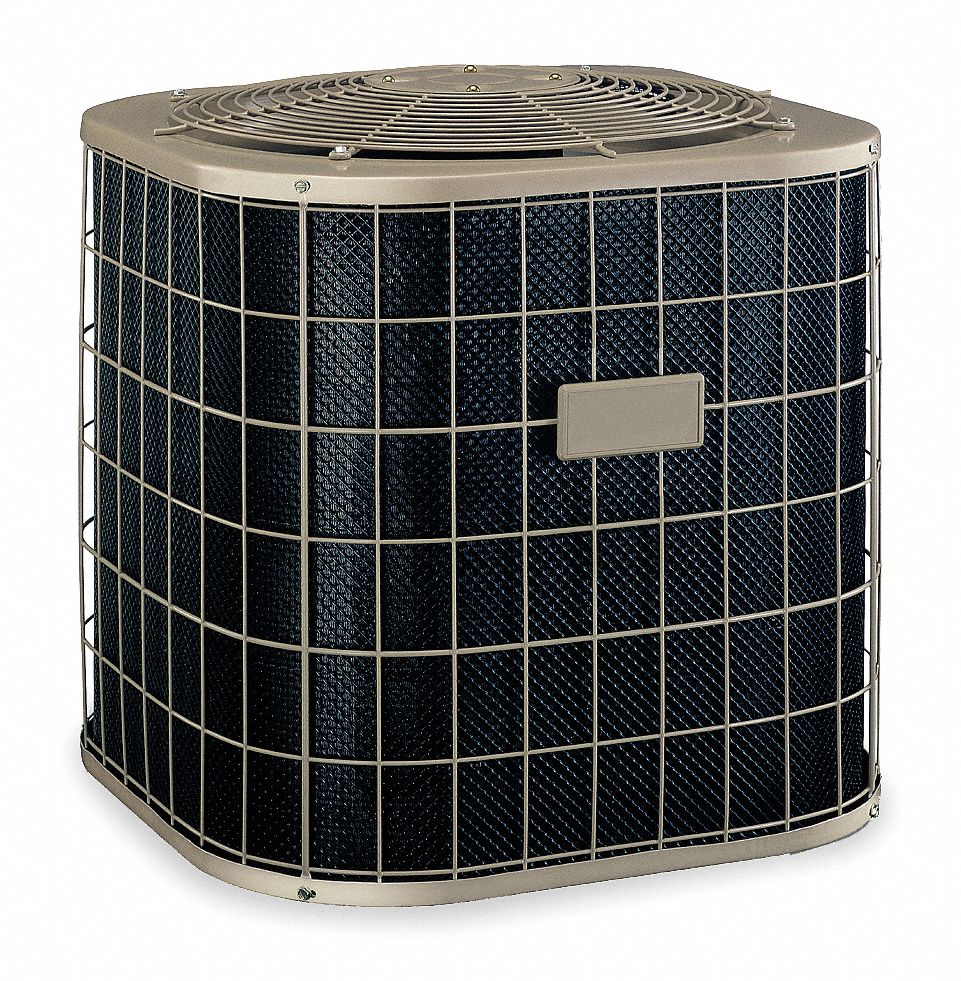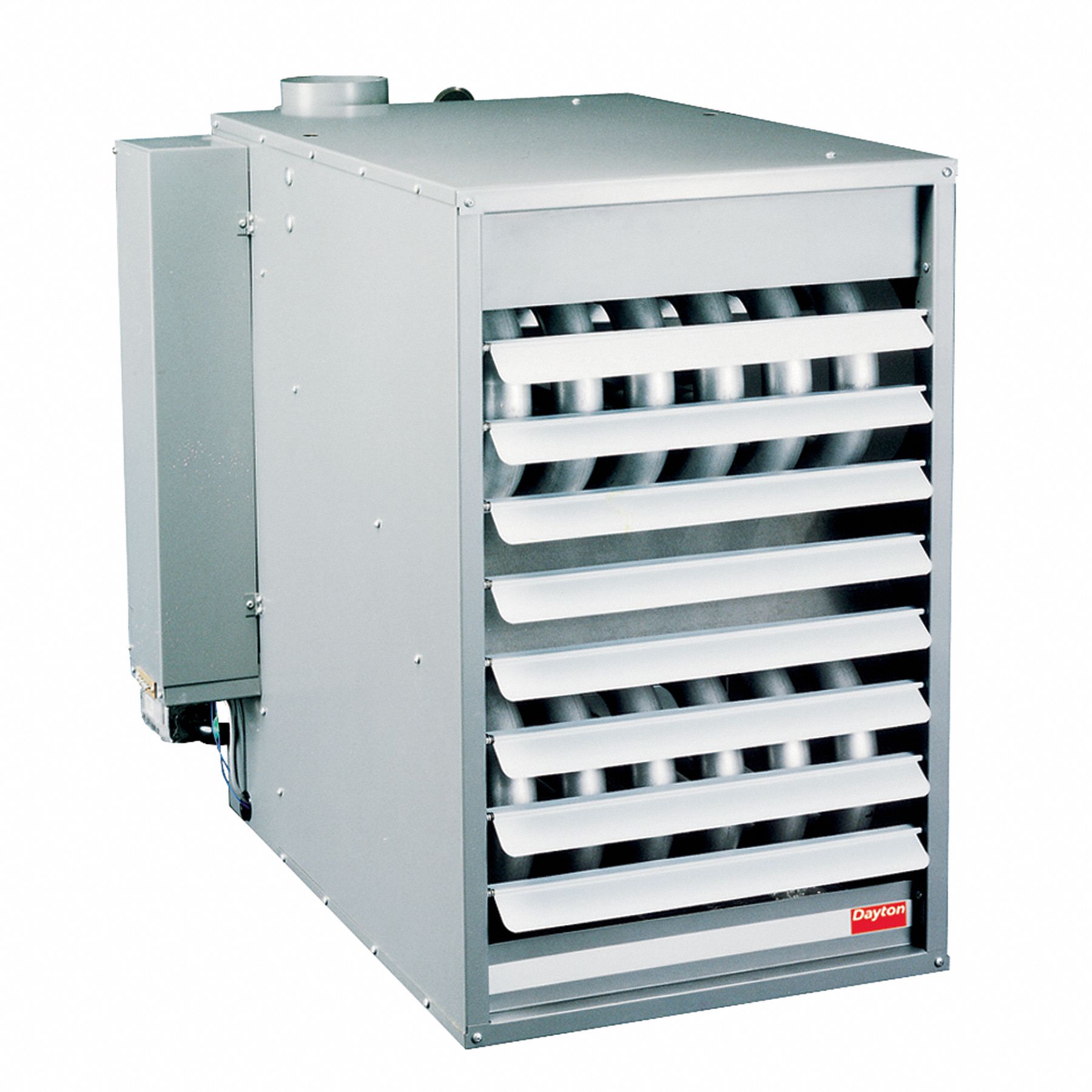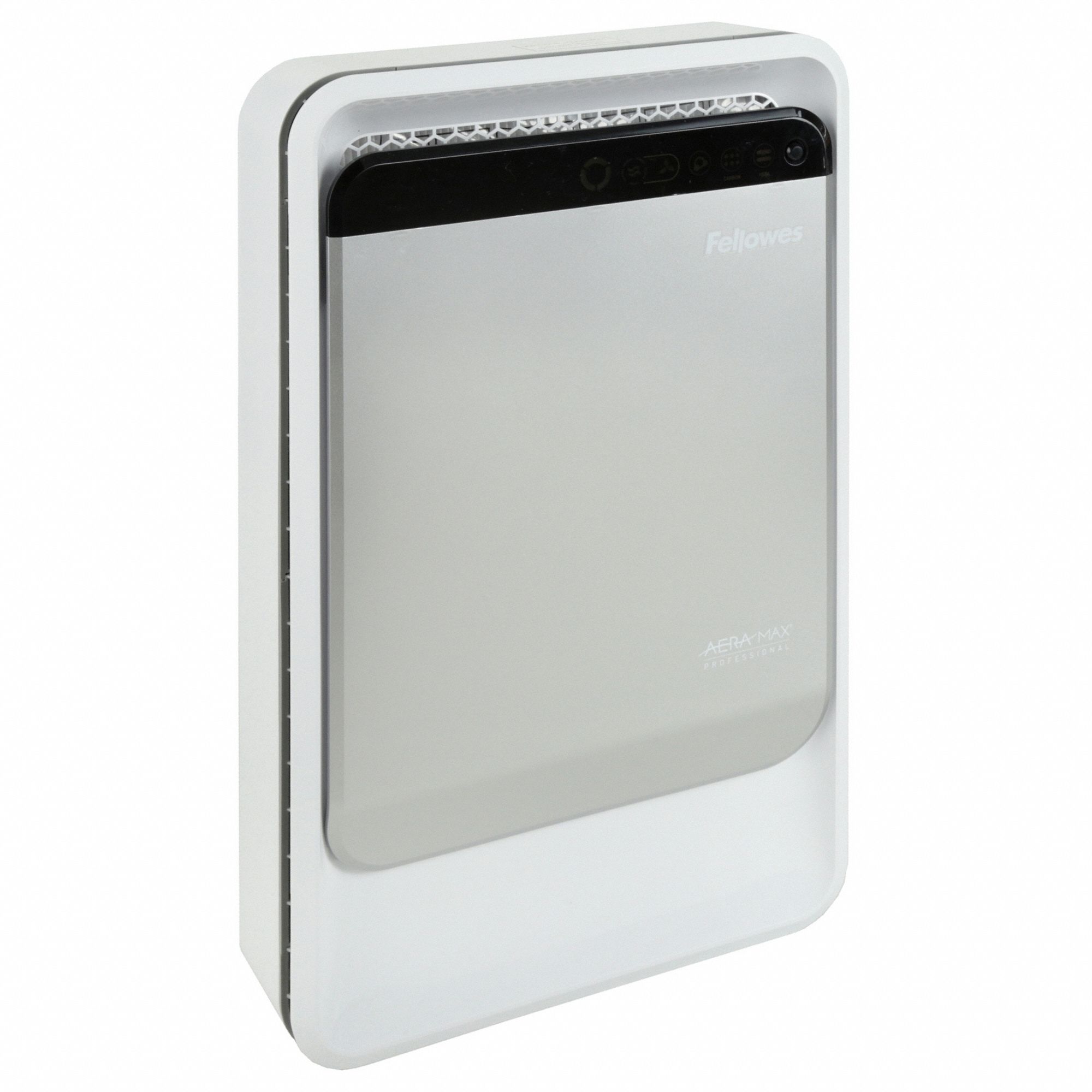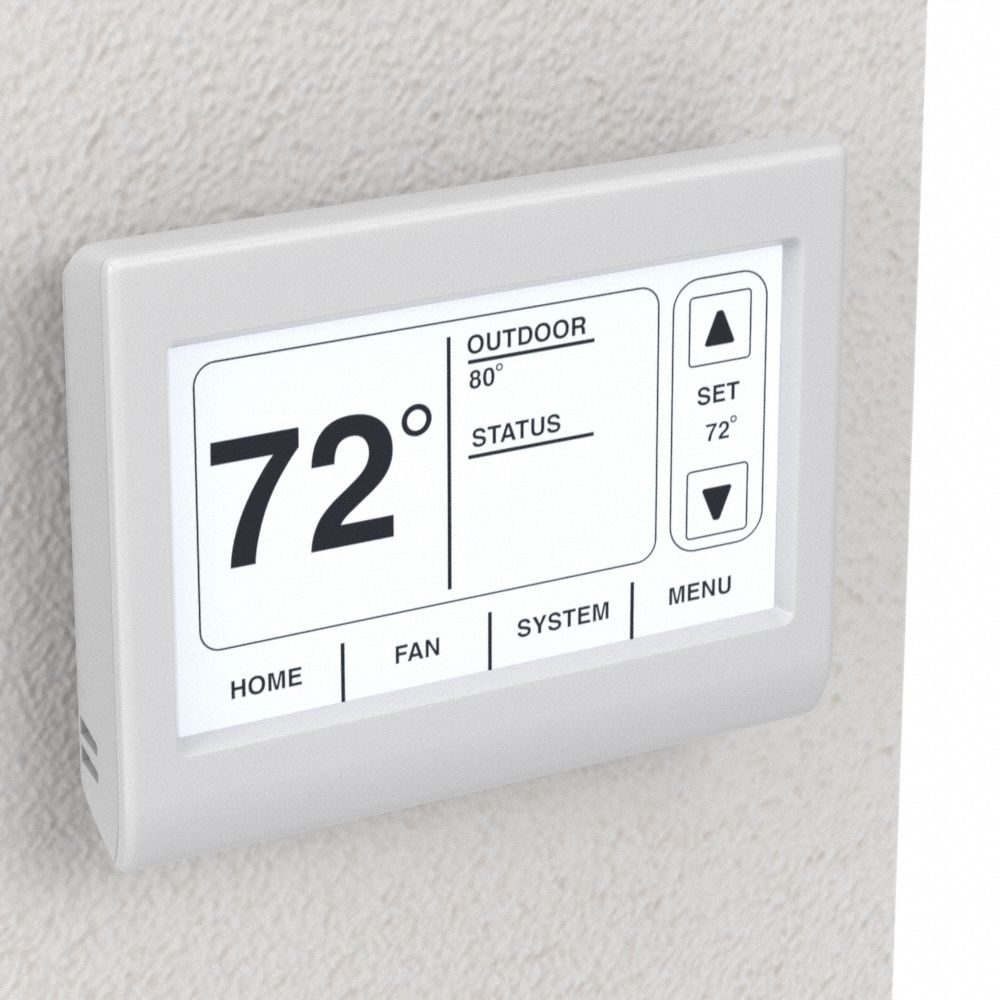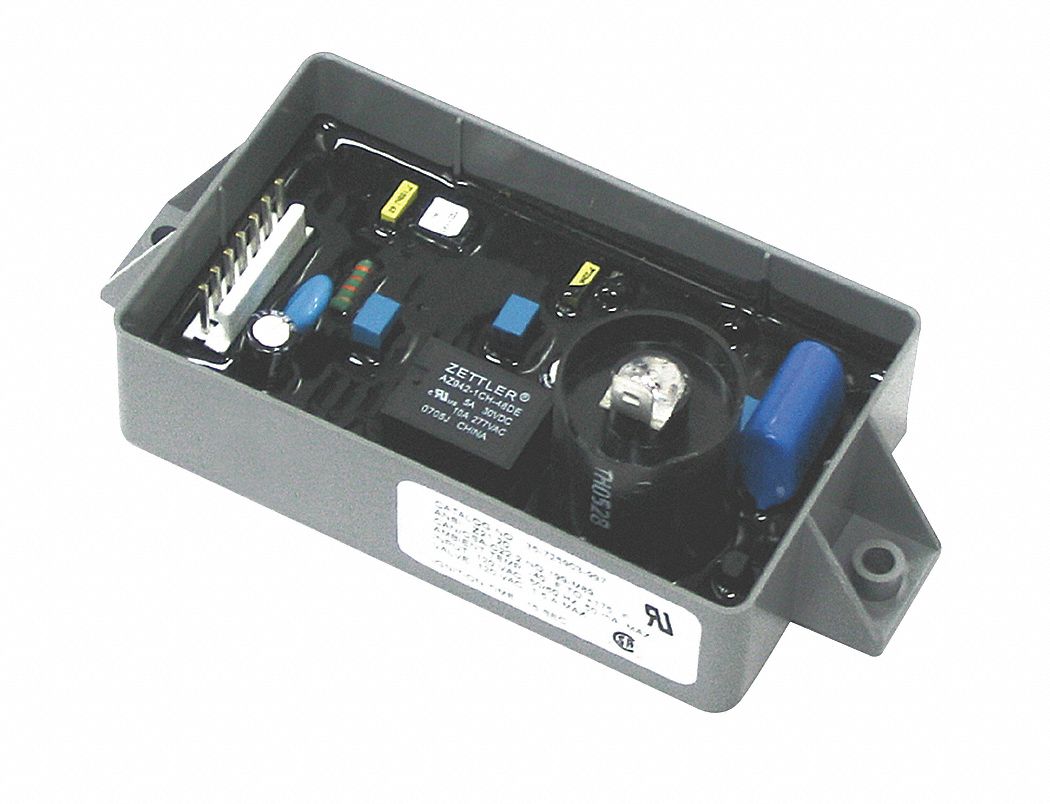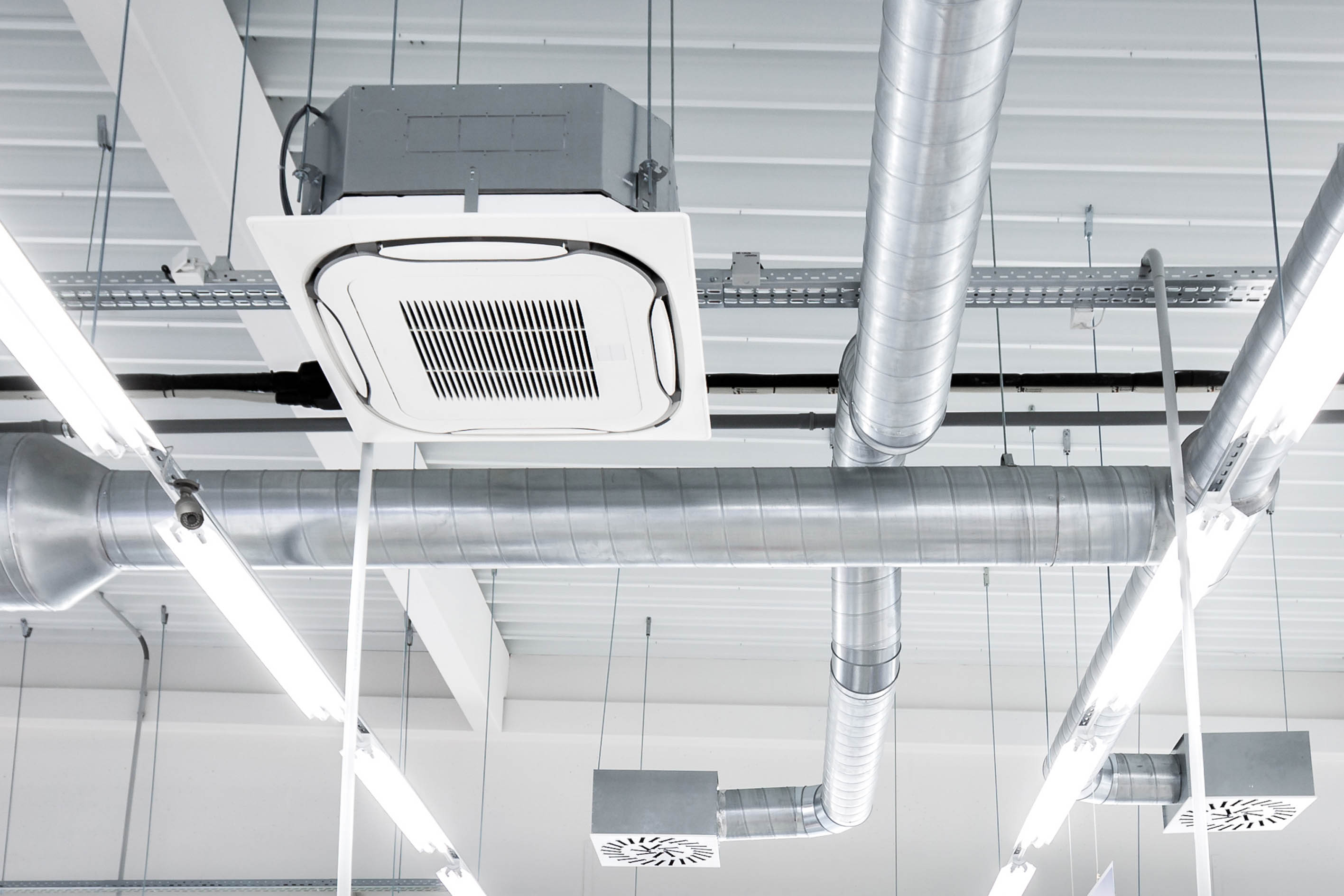

Is Your Ventilation System Working Properly?
By Grainger Editorial Staff 8/2/21


Ventilation, the “V” in HVAC, is often overlooked. We pay plenty of attention to heating and air conditioning systems — their operation is vital for comfort, and heating and cooling can make up a significant portion of a building’s utility bills. That can create an incentive to minimize ventilation, since outside air must be brought to the room’s temperature and humidity level, an expensive proposition on hot or cold days.
But ventilation is vital. Recirculated indoor air can build up dangerous levels of pollution, harming occupants’ health and sapping productivity. According to Harvard’s Healthy Buildings Project, Americans spend 90 percent of their time indoors, so maintaining indoor air quality should be a priority for occupational health and safety. Bringing in a healthy amount of fresh air can reduce several health hazards.
Let Your Building Breathe
With every breath, we exhale carbon dioxide into the room. In a crowded, inadequately ventilated room, the EPA reports that CO2 levels can reach five times the level found in the atmosphere outdoors.
A paper in Environmental Health Perspectives found that high CO2 concentrations can significantly diminish workers’ cognitive skills, reducing their strategic decision making abilities. And according to Occupational Health and Safety Magazine, CO2 levels commonly found indoors can cause headaches and fatigue.
Ventilation is the only practical way to reduce indoor CO2 levels. The atmosphere contains a relatively low level of carbon dioxide, so circulating fresh air into the room will dilute the CO2 that constantly accumulates in occupied spaces. To maintain a healthy balance, the American Society of Heating, Refrigerating and Air-Conditioning Engineers (ASHRAE) has set standards for ventilation, requiring buildings to introduce at least 15 cubic feet of fresh air per minute per occupant.
Is Your Building Sick?
According to the EPA, poor ventilation is the key cause of “sick building syndrome,” a cluster of symptoms resulting from exposure to volatile organic compounds (VOCs), particulate matter, and biological contaminants. Sick building syndrome can cause a variety of symptoms, from mild headaches and dry cough to chest tightness, fever, and muscle aches.
Your building doesn’t have to be an industrial facility to produce VOCs. These compounds, which can include toxic gases like formaldehyde, will steadily accumulate in almost any workplace. They are emitted in trace amounts from everyday items, including photocopiers, upholstery, carpeting, manufactured wood, adhesives, and cleaning products.
Emissions from indoor combustion can also accumulate in under-ventilated rooms. The Rocky Mountain Institute reports that burning natural gas on a cooking range or ventless fireplace can introduce toxic levels of nitrogen dioxide and carbon monoxide indoors.
To prevent the buildup of toxic pollutants, ASHRAE requires buildings to ventilate at least 15 cubic feet of fresh air per minute for every hundred square feet of floor area. For businesses that use more VOC-emitting compounds, such as auto repair shops and beauty salons, ventilation requirements can be 10 times as high.
The Best Disinfectant
Recirculated air can also create a dangerous buildup of infectious microbes and toxic mold. Outdoors, natural circulation dilutes pathogens and sunlight degrades viral particles, greatly reducing the risk of infection. The CDC has recommended that businesses open their fresh air dampers as far as possible and consider opening windows to bring in fresh air and reduce the transmission of COVID-19. According to a World Health Organization report, inadequate ventilation can also accelerate the spread of other airborne illnesses, such as the flu, colds, and chicken pox.
Look Beyond the Minimum
The energy costs of increasing ventilation above the minimum standard may be offset by improved productivity and decreased absenteeism. A study published in the journal Indoor Air found that short-term absences declined 35% when a building’s ventilation rate was doubled from 25 cubic feet per minute (cfm) per occupant to 50 cfm.
Watch Out for the Downside
Finally, keep in mind that there are downsides to increased ventilation. The Berkeley National Laboratory warns that air intakes near sources of pollution, like busy highways, can bring ozone and other particulate pollutants into the building. Humid outdoor air can also create conditions for mold growth and dust mites, which can trigger asthma in building occupants. It’s important to make sure your HVAC system is filtering and conditioning outside air to remove these hazards.
Talk to your HVAC engineer to make sure your building’s ventilation system is working properly. For more information about HVAC optimization, visit Grainger Energy Services.
The information contained in this article is intended for general information purposes only and is based on information available as of the initial date of publication. No representation is made that the information or references are complete or remain current. This article is not a substitute for review of current applicable government regulations, industry standards, or other standards specific to your business and/or activities and should not be construed as legal advice or opinion. Readers with specific questions should refer to the applicable standards or consult with an attorney.

